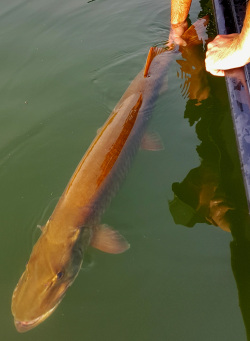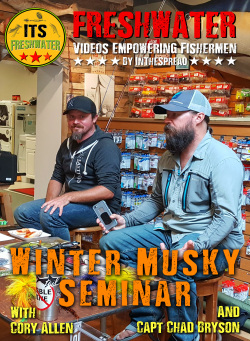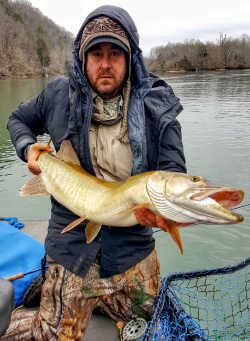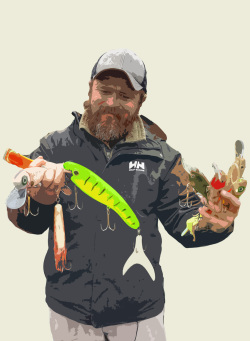Catfishing dam spills offers opportunities to catch impressive catfish in cooler months. However, dealing with heavy current and spill rates is challenging. Tennessee angler Marc Cooper shares his tips on positioning and anchoring boats in heavy current, using fresh bait, and catching big fish. By following his methodology, anglers can improve their fishing skills and catch big catfish.
Catfish - Techniques for Heavy Current
(00:45:31)
Watch Full Video
View Short Trailer
Instructor:
Seth Horne
Description
/
Review
/
Instructor
Summary
- Fish Behavior: Dropping temperatures boost catfish appetite, making them feed more aggressively.
- Fishing Locations: Areas near dam spills offer prime spots due to bait fish attraction.
- Catfish Habits: Catfish prefer calmer waters, acting as ambush predators and seeking protection from the current.
- Spot Identification: Look for slack water seams, bottom depressions, and places offering protection from the current.
- Insights: Techniques for targeting giant catfish during heavy spill times.
- Practical Techniques: Recommendations include boat positioning, bait selection, and bait presentation.
Login
to leave a review.
User Reviews
There are no reviews yet.Seth Horne
Seth Horne is a passionate sport fisherman and media professional who has fished across the globe for over 20 years. Through his production companies, he creates fishing films and videos focused on sharing the knowledge of expert anglers worldwide. Horne launched the In The Spread (ITS) video platform to provide comprehensive fishing instruction and revolutionize how anglers improve their skills. ITS features in-depth tutorials, tips, and adventures from some of the world's best fishermen. Horne's mission is to share fishing expertise to help anglers have better experiences on the water.
Read moreVideos
We Recommend
0




